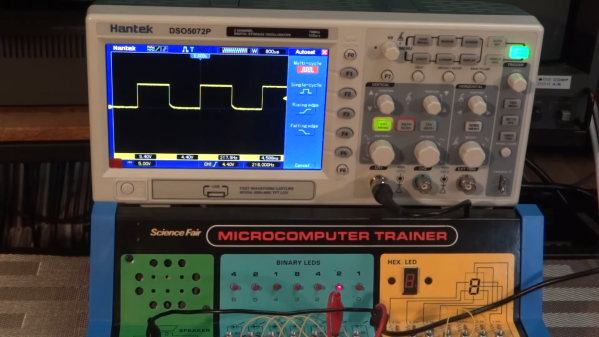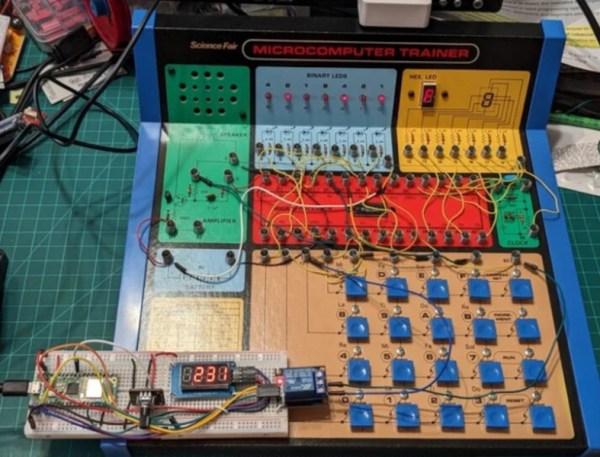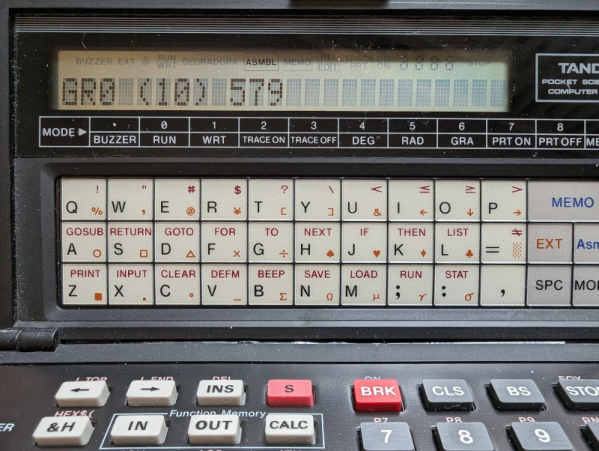Oh, Radio Shack. What a beautiful place you once were, a commercial haven for those seeking RC cars, resistors, and universal remotes. Then, the downfall, as you veered away from your origins, only to lead to an ultimate collapse. More recently, the brand was supposed to return to new heights online… only to fall afoul of the Securities and Exchange Commission. (via Yahoo Finance, Bloomberg)
The Radio Shack brand was picked up a few years ago by a company known as Retail Ecommerce Ventures (REV). The company’s modus operandi was to take well-known but beleaguered brands and relaunch them as online-only operations. Beyond Radio Shack, REV also owned a number of other notable brand names, like Pier 1, Modell’s Sporting Goods, and Dress Barn.
Unfortunately, the Radio Shack rebirth probably won’t reach the stellar heights of the past. Namely, because REV has been accused of operating a Ponzi-like scheme by the SEC. Despite huge boasts allegedly made to investors, none of REV’s portfolio of brands were actually making profits, and the SEC has charged that the company was paying investor returns with cash raised from other investors — unsustainable, and a major no-no, legally speaking. In any case, the SEC charges apply directly to REV. The RadioShack brand has since been acquired by Unicomer Group, which operates the current online business, and has no ties to REV or its former operators.
We were cautiously optimistic when we heard about the REV buyout back in 2020, but at this point, it’s probably best to come to terms with the fact that Radio Shack won’t be returning to its former glory. The name will linger in our hearts for some time to come, but the business we knew is long gone. Sometimes it’s better to look to the future than to try and recreate the magic of the past, especially if you’re doing inappropriate things with other people’s money in the process.


















